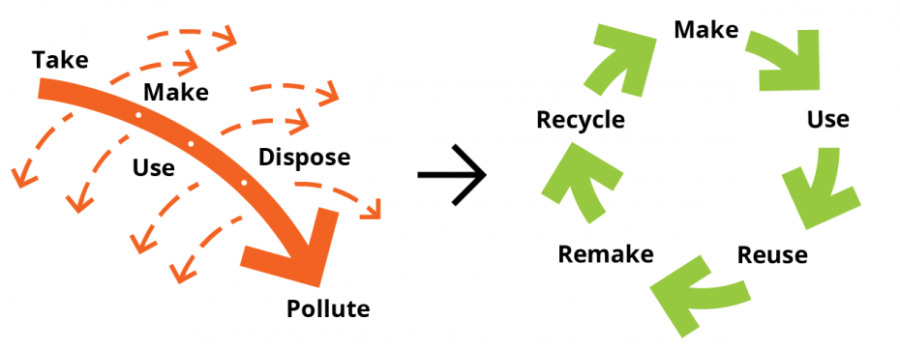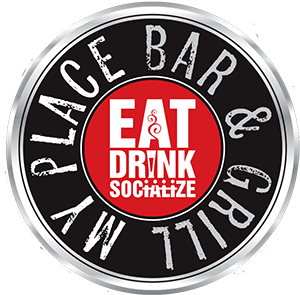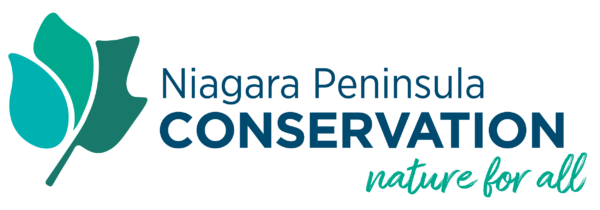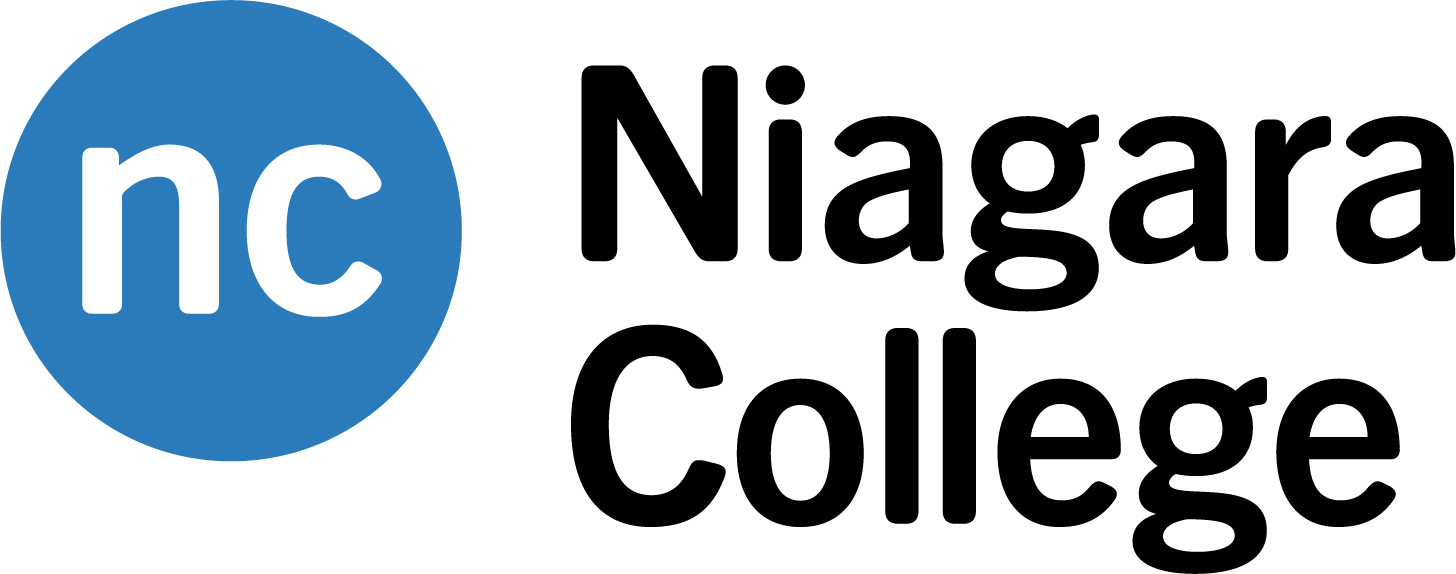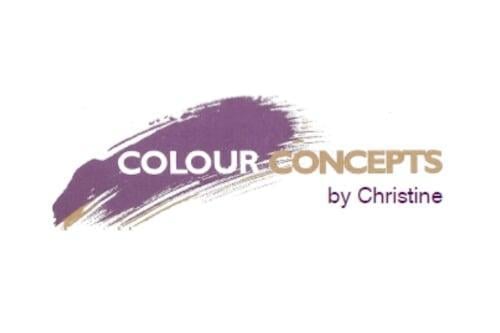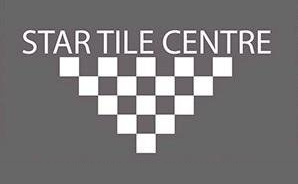You may have seen the term circular economy pop up in the news over the past couple of weeks. It is being promoted by many countries (including Canada) as a new way to move our economy forward post-pandemic, but what does it mean?
With a focus on consumerism, our current economic structure can be quite wasteful. Most people buy things without knowing where the product is coming from and then simply dispose of it without much thought; there are very few of us who will ever think about the full life cycle of the products that we buy. The COVID-19 pandemic and current environmental crisis, however, has reminded us that we only have one planet with finite resources—if we waste everything, the next generation will have nothing to eat, drink or use. We need to start rethinking our economic system now as our current model of infinite economic growth is not sustainable. We do not have infinite resources and need to develop a new model to ensure a more resilient and sustainable future.
A circular economy is an alternative to our traditional linear economy where we use products, services and resources for as long as possible and then recover and regenerate them at the end of their service life. In a circular economy, everything from concept design through to disposal is assessed, including the energy consumed to produce the item, the materials used, and its impacts on the environment. The process involved in making an item may also be changed to reduce energy or material needs. For example, some items can be made from a more substantial proportion of recycled material. To optimize the use of resources, some components can also be used and reused for multiple purposes. The manure from livestock, for example, can be used as fertilizer for agriculture and then, during composting, the biogas generated can be retained and used as energy. In a circular economy, what may have initially been looked at as waste can instead be reused in a cyclical fashion, extending the life span of our resources and reducing pollution.
There are three principles in a circular economy: The first looks at how to preserve our natural resources as much as possible and reduce waste and pollution; the second principle aims to optimize the usage of any item or product that we buy or use by regenerating, sharing or even looping the item back into the cycle for reuse; the last principle promotes the minimization of waste and leakage from the production system, which may relate to energy, water use, or the material itself.
A circular economy is also sometimes labelled as Cradle to Cradle economy. It reinvents waste in such a way that it is eventually considered to be a new source of material, instead of something to be put in a landfill site. Cradle to cradle economy also re-examines the traditional “3 R’s”; so instead of reducing, reusing, recycling, it now includes refuse as the first option. Circular economies can help reduce greenhouse gas emissions, thus mitigating and adapting to climate change by rethinking our life and how we consume. Think about it: Do you really need a new pair of boots every winter or to replace your cell phone as soon as a newer model hits the market? Or, would you be willing to try and trade in the throwaway culture you’ve come accustomed to in exchange for a system that optimizes everything in our lives to ensure a waste-free, sustainable future?
The researchers involved with the MEOPAR project are working to raise awareness about the impacts of climate change and how communities can effectively adapt, and increase resilience, to these changes. Follow along with our blog every week (written by researchers Liette Vasseur, Meredith DeCock, Bradley May, Pulkit Garg, Sam Gauthier and Jocelyn Baker) to learn more about the project and how you can get involved. You can also visit our website at brocku.ca/unesco-chair or email us at meopar-lincoln@brocku.ca

